An Enduring Legacy: Navajo Weavers Today
With a history spanning five centuries, the Navajo (or Diné) weavers of the Southwest United States are among the greatest and most influential innovators the US has ever produced. Their traditional weavings and garments throughout American history are undoubtedly fascinating artefacts with rich stories to tell about the lives and spiritual beliefs of Native Americans. But perhaps what is most fascinating is the way Navajo communities have kept the handcrafted practice of weaving alive from one generation to the next, and continued to evolve traditional practices in surprising and unexpected ways, to suit the generation to which they belong.
Among the most celebrated Navajo weavers of today are Lynda Teller Pete and Barbara Teller Ornelas, both of whom are fifth generation weavers born into the To’aheedliinii (Two Waters Flow Together Clan). Both learned to weave through observation from a young age, learning the same techniques that had been passed through their families, observing how their elders made exquisite garments with care and dedication and were able to sustain themselves through their craft. As adults, both Teller Pete and Teller Ornelas have become master weavers, yet they are also influential educators and ambassadors, who, through their workshops at museums, galleries, and other community spaces, have inspired the next generation to come. Meanwhile, their publication, How to Weave a Navajo Rug (and Other Lessons from Spider Woman), (2020), has become an international bestseller.
Traditionally the practice of weaving fell upon women in the matriarchal Navajo society, yet many of today’s Navajo weavers are also men. One of the most noted is Venancio Aragon, based in Farmington, whose tapestries play with a far wider pool of colours, shapes, textures and patterns than his ancestors. Yet there are still unmistakable traits of Navajo weaving in his work, including the trademark zig-zag, diamond and banded stripe patterns. Heralding from a family of weavers on his mother’s side, Aragon trained in cultural anthropology and Native American and Indigenous Studies, before learning weaving techniques and embarking on a cultural fellowship into the documentation of traditional weaving designs, which led him into his own practice. Aragon says, “I think my pieces represent the monumental vitality of our cultures today. Indigenous culture in general and Navajo textile culture specifically are active and evolving.”
Artist Eric Paul Riege from Gallup takes his weavings in a different direction, producing woven artworks that break free from the loom, expanding into sculpture and performance art. He came from a family of weavers of differing ethnicities; his maternal great-grandmother was a master Navajo weaver, while his paternal great-grandfather was a German-American weaver. Meanwhile, he points out how interwoven weaving is with his family history, observing, “All the women in my mum’s family are fibre artists. I think of it as the power of women, because the Diné people are a matrilineal society. I consider my work to be totems or altars of that history.” After learning to weave, he began removing his woven garments from the loom and manipulating them further to see which ways he could expand and develop them. Of the many concepts that came from this process were deeply tactile examples of wearable art, and a reimagining of where the mythical Spider Woman, believed by the Navajo people to be their first weaver, might have lived.
Meanwhile, Velma Kee Craig, who was born of the Zuni Water’s Edge Clan, learned to weave from her grandmother. Now working as a curator, writer, and textile artist, her tapestries integrate aspects of contemporary pop culture, such as scannable QR codes, scientific diagrams and flags, with traditional Navajo patterns, colours and motifs (particularly the penchant for bright red), bringing the much-loved traditionalism of the Navajo people into the 21st century.






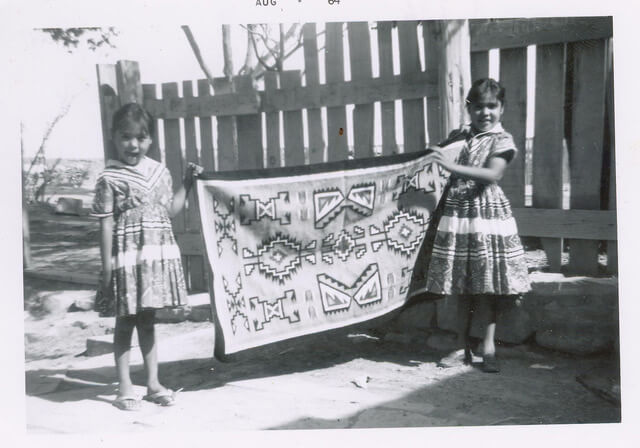
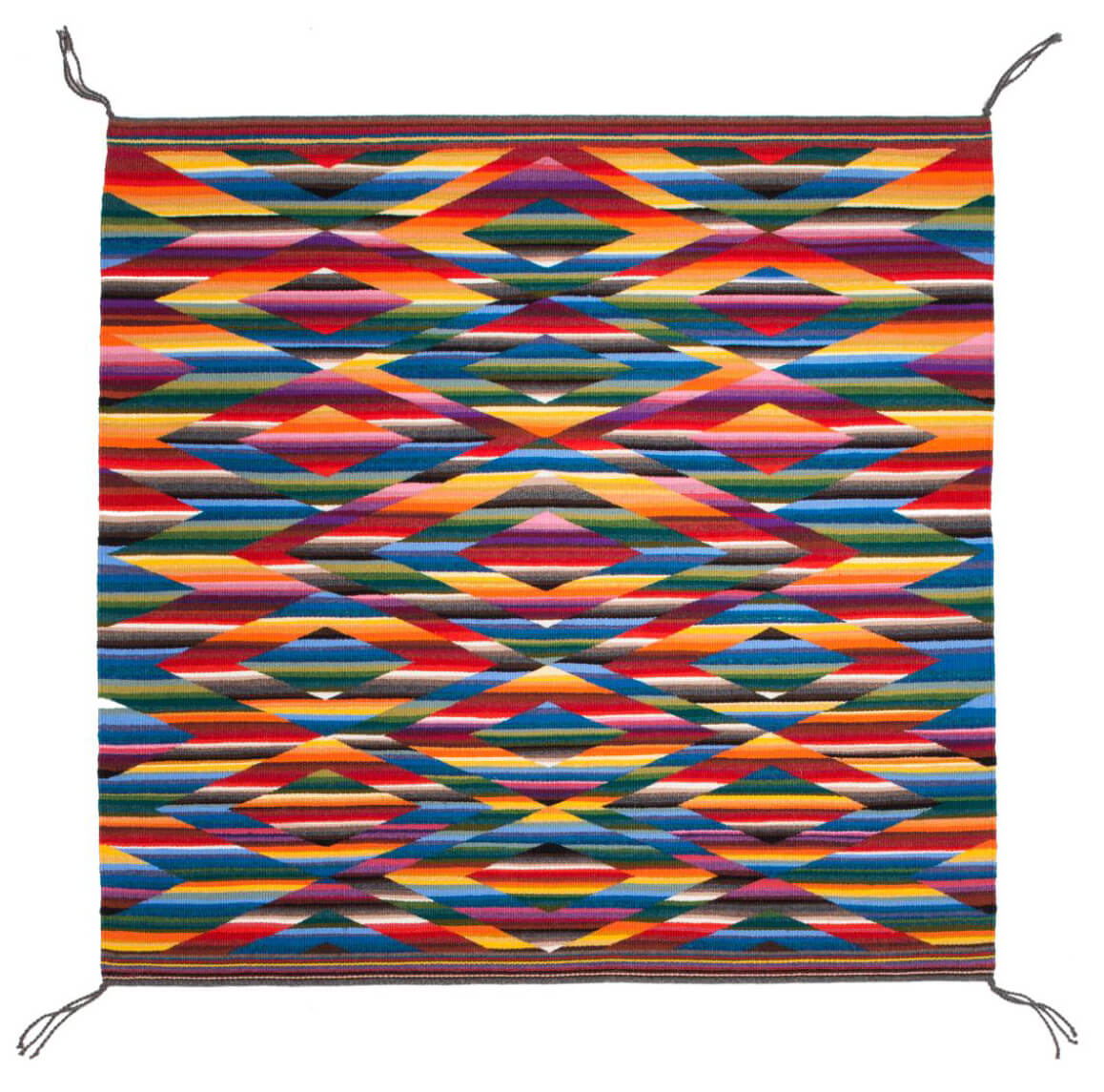
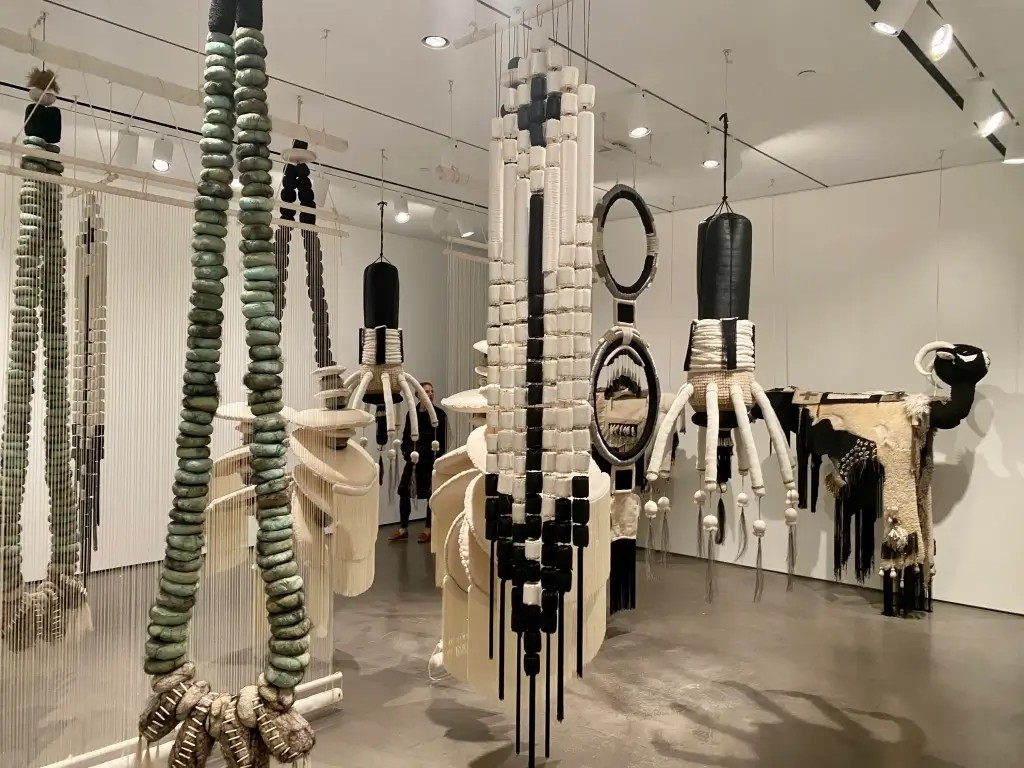
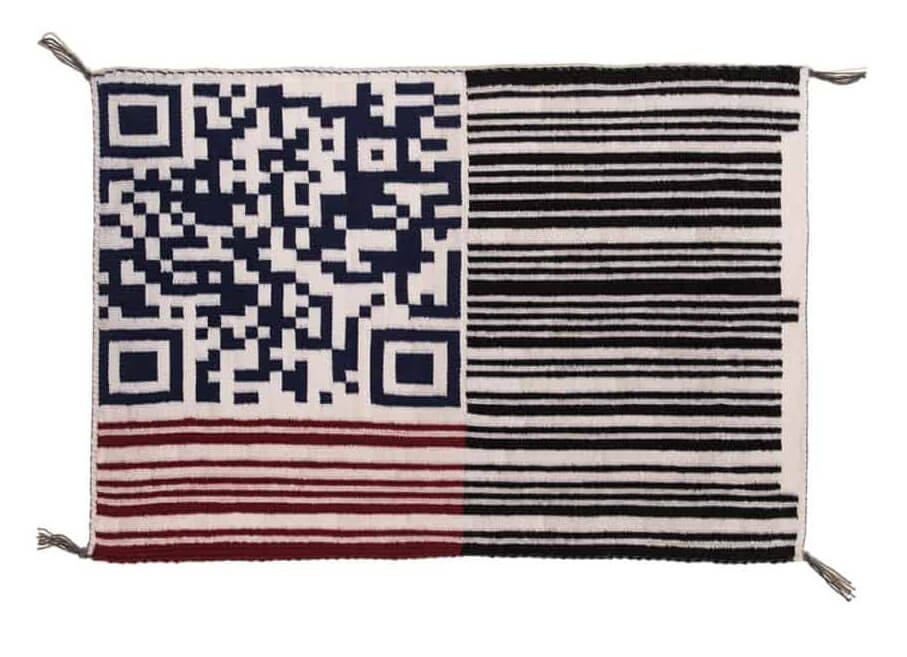

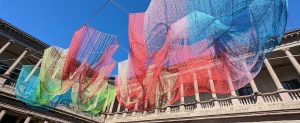
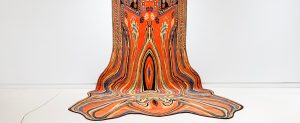
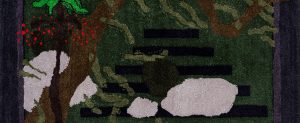
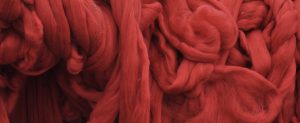

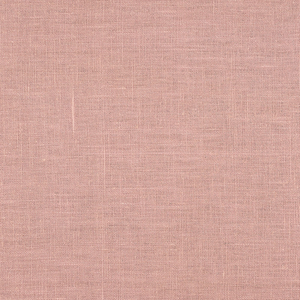


















3 Comments
Lisa Bentz
Thank you for that interesting article. It does my heart good to know the art of weaving is being kept alive. I’ve always enjoyed watching Navajo weavers whenever we pass through the Southwest, or at fiber shows. It is just magical to watch. I just know that I would love weaving if I ever took it up.
sbrewing company
Thank you for such a charming and enlightening read! Your article superbly celebrates the fantastic artistry and cultural importance of Navajo weaving. It’s inspiring to examine the enduring legacy of Navajo weavers and their contributions to the world of cloth craftsmanship. Keep sharing these captivating tales that honor and maintain such vital cultural traditions.
Lynette Pflueger
wonderful post as always… thank you